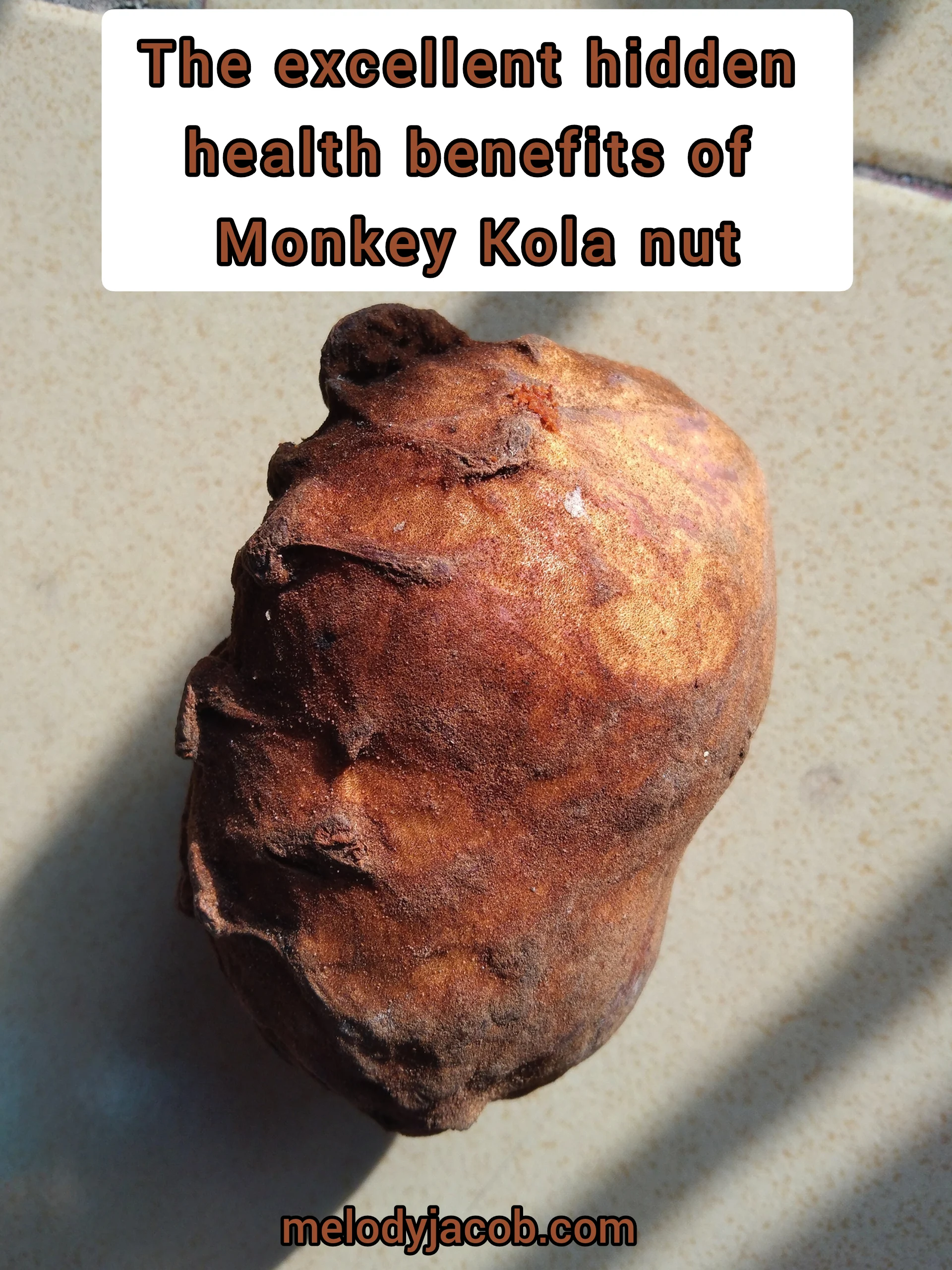It is known as Ochiricha or Achicha in Igbo, Ndiyah in Ibibio, and Efik, and contains a variety of minerals and phytochemicals, including beta-carotene, vitamin C, riboflavin, niacin, thiamine, flavonoids, alkaloids, saponins, tannins, fiber, other nutrients, and phytochemical characteristics.
These fruits contain a high concentration of vitamins, carbohydrates, phosphorus, potassium, calcium, and magnesium. It includes vitamins, minerals, and other nutrients that are useful to human health in a variety of ways, including the following:
Because of the presence of niacin (vitamin B3) known as nicotinic acid, this fruit helps to lower the level of bad cholesterol, also known as low-density lipoprotein, and boosts high-density lipoprotein, which is the good cholesterol. Scientists put niacin and satin (cholesterol control) through the same tests to see how they affected cholesterol. The results of an experiment on the effect of niacin on body cholesterol have been studied by scientists. It shows that niacin decreased the amount of low-density lipoprotein (LDL) in the blood while increasing the amount of high-density lipoprotein (HDL) more than satin.
Self-forgiveness and self-care appear to be advantageous in their own right. Self-compassion can even pave the way for improved health, relationships, and well-being in general. Numerous benefits of self-compassion have been demonstrated by studies. Higher levels of self-compassion have been associated with lower levels of anxiety and depression. Self-compassionate individuals acknowledge their own pain and are gentle with themselves at these moments, thereby reducing their own anxiety and despair.
Understand self-compassion and learn to have it.
Self-compassion comes easily to some, but not to everyone. Fortunately, it is an acquired skill. People are learning how to find and grow their own self-compassion through a variety of training programs and ideas that have been suggested.
Here are four fast techniques to improve your self-compassion skills:
Relax your body.
People have long been trying to figure out how they can have manicured nails that last without chips and breaks until they’re ready to switch the design. You probably got your start in nail decoration with plain nail polish. It likely took you a few tries to get the hang of painting a nice smooth coat on each nail while avoiding the skin around it and to get your non-dominant hand to learn the action of painting your nails. Once you more or less mastered the process of painting your nails, you would have noticed that your painstakingly-applied polish didn’t last very long before chipping. All that hard work for a manicure that maybe lasts a day or two in peak
You're excited to start looking at engagement rings, and you're wondering if a blue sapphire might be the way to go. With its rich colour and long history, the blue sapphire offers you a different option from the traditional diamond: It's less expensive, rarer, and can come with its share of myths. So what's the verdict? Below are seven reasons a blue sapphire engagement ring might be right for you.
https://cdn.pixabay.com/photo/2017/07/24/18/47/color-2535676__480.jpg
They are the most valuable gemstones after diamonds.
Blue Sapphires are the most valuable gemstones after diamonds. The value of a sapphire engagement ring relies on the colour, clarity, and cut of the stone as well as its carat size. Sapphires come in many different colours, including; yellow, orange, green, and violet, but blue is by far the most popular colour due to its rarity in nature compared to other coloured sapphires.
Pink sapphires are typically the least expensive type of sapphire because they’re rarer than any other colour. Sapphires are also more valuable than rubies (and emeralds), making them an excellent choice for your engagement ring. If you are looking for a unique sapphire engagement ring, you can find it here.
They have a rich history and are associated with royalty.
Sapphire is the birthstone for September, the gemstone for the 9th wedding anniversary, and the gemstone for the 23rd wedding anniversary. It's also associated with royalty.
The first known use of sapphire as a gemstone was in ancient Egypt. Around 2600 BC, Egyptians used sapphires to decorate amulets worn by pharaohs and priests; this was believed to bring them great power in life after death. Many ancient cultures believed that wearing one would bring you good luck throughout your life!
Sapphire has been used for centuries by kings and queens all over Europe—and it appeared in many paintings depicting scenes from Shakespeare's plays during his period because it was thought to symbolize truthfulness and sincerity!
They make a bold fashion statement.
But blue sapphire engagement rings aren’t just a great choice because they’re beautiful, durable, and timeless. They also make a bold fashion statement. Blue sapphire engagement rings are a great option for someone who wants to stand out from the crowd and make an impression with their ring. For example, if you want your friends or family members to know that you’re engaged without them having to ask, then this is the way to go!
In addition, these rings have been popular among celebrities lately because they have become known as “the rock of the season.”




